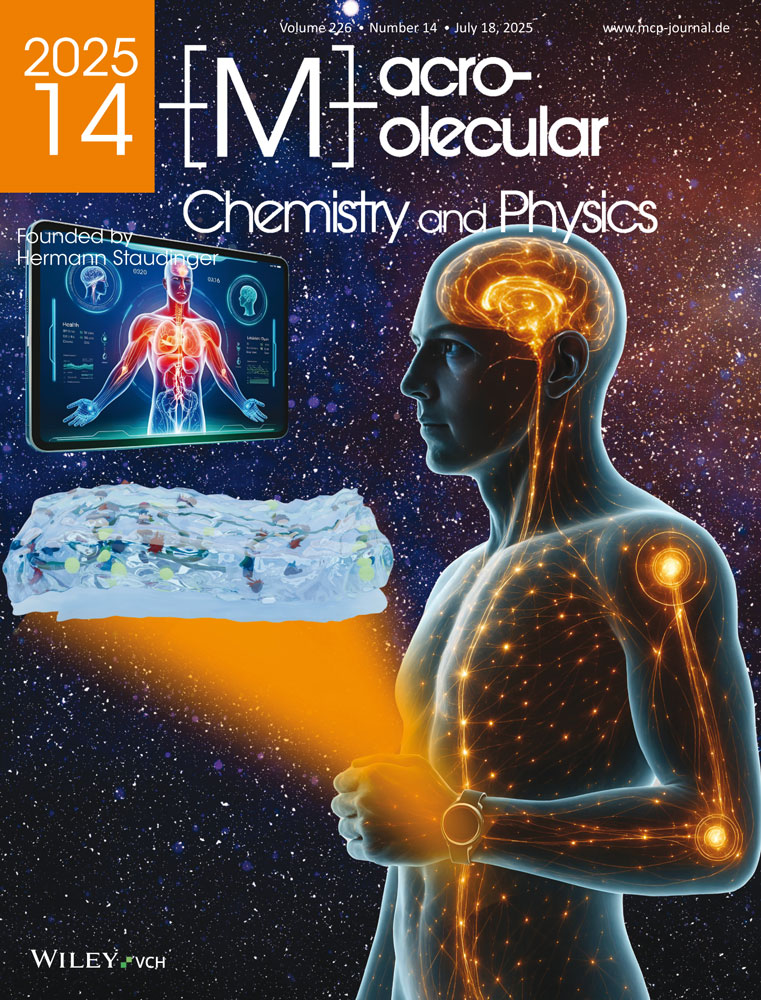Ionic conduction in polyphosphazene containing oligo(oxyethylene) side chains with cyclic carbonate as terminal groups
Abstract
Novel comb-type polyphosphazene derivatives with cyclic carbonate groups as the terminal function of oligo(oxyethylene) side chains [CEP] were prepared for the achievement of high ionic conductivity, when they were hybridized with LiCIO4, in accordance with increase of permittivity. The relative permittivity of CEP turned out to be extraordinarily high, i.e. 24,6, whereas that of a similar comb-type polyphosphazene with methyl ether terminal function of side chains was less than 10 at 25°C. The [LiCIO4(5)/CEP (95 wt.-%)] hybrid showed relatively high ionic conductivity of 7,3 · 10−6 at 25°C and 9,6 · 10−5 S · cm−1 at 60°C, respectively. From the observation of the temperature dependence of ionic conductivity at 10–60°C, it was revealed that the ionic conduction obeys the Vogel-Tamman-Fulcher and Williams-Landel-Ferry equations based on the free volume theory.




